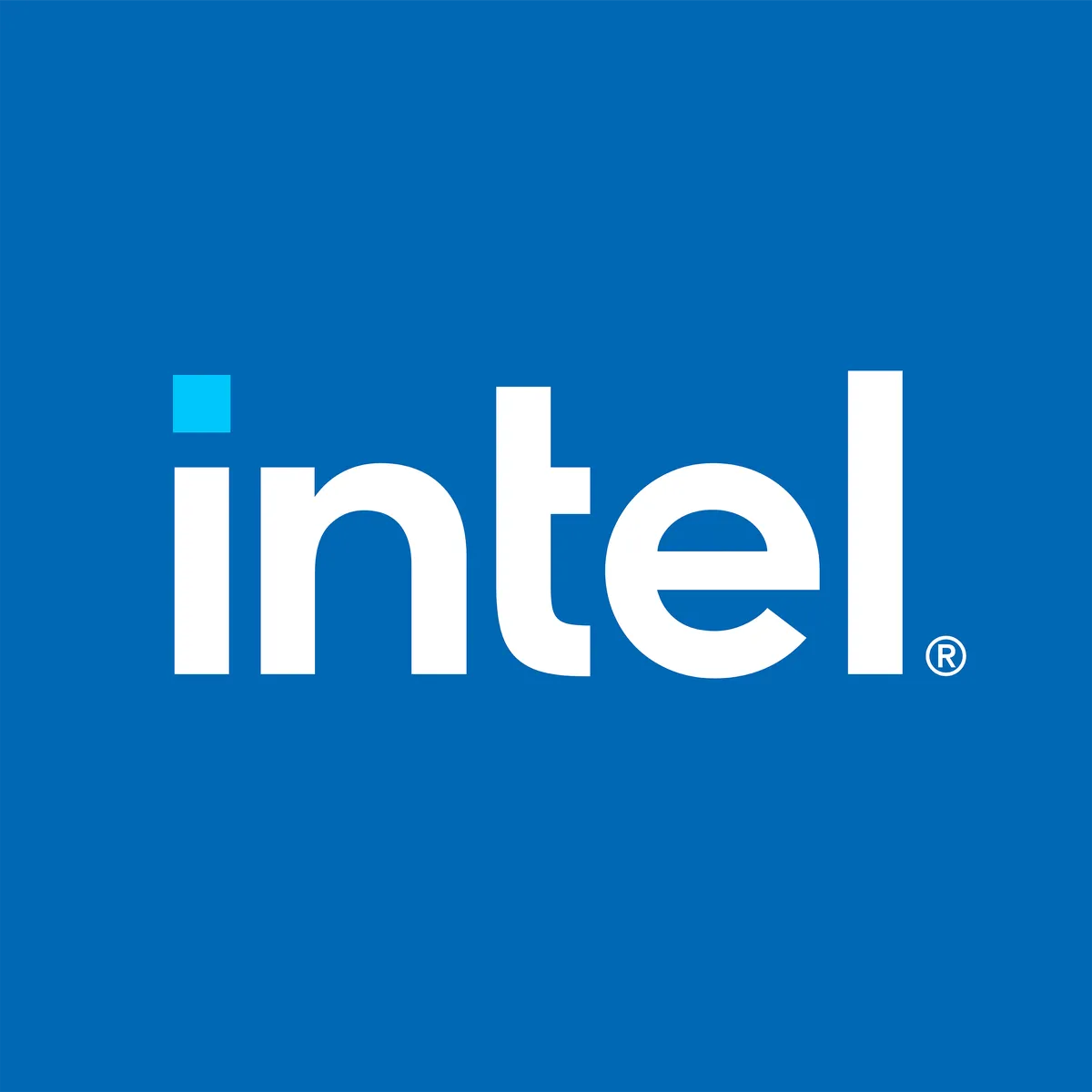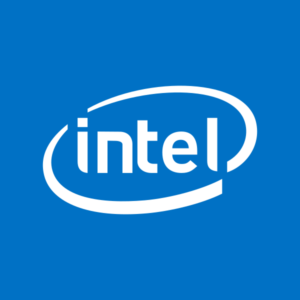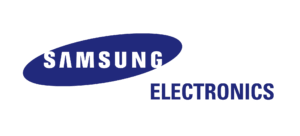The semiconductor market has been expanding steadily since since the microchip was created. The world is getting increasingly digital as we speak; the tools that help us live are now controlling how we live. An average person’s daily routine is thought to include using smart devices, laptops, tablets, wearable technology, smart assistants, peripherals, and more. Chips are becoming more compact, quick, and intelligent. As a result, more analogue chores can now be completed digitally. Automobiles are gradually transitioning to electric power, business is moving toward digital transactions, and the metaverse is rapidly digitising human experience.
Despite all these cutting-edge 21st century advances, there is still a global chip scarcity. Many optimistic specialists predict that this deficit will persist until 2023. The exceedingly delicate supply chain is in danger due to tensions in Eastern Europe and the tumultuous geopolitical conflict between the US and China. Many chip manufacturers have spent billions of dollars extending their capacity to stop being dependent on only a few places in response to this dilemma.
Let’s look at the current top 4 semiconductor businesses in this article and discover the expansion plans that each has implemented in response to the increased demand for chips.
Intel
The x86 series of microprocessors, which are frequently found in laptops and other PCs, are semiconductors created by Intel. The company sells these microprocessors to well-known manufacturers of computers and technology, including Lenovo, HP, and Dell.
Along with semiconductors, Intel also makes motherboard chipsets, network interface controllers, integrated circuits, flash memory, graphics chips, embedded CPUs, and other popular items
Qualcomm
In contrast to the other businesses on this list, Qualcomm produces semiconductors for a highly diverse range of products, including WiFi, laptops, smartphones, watches, cars, and watches.
Qualcomm has a reputation for being an innovative business. The business ventured outside its comfort zone in 2017 to develop Centriq 2400, its first PC server processor. Because of the chip’s popularity, they grew to produce more PC semiconductors and other gadgets.
More than 20 mobile handsets currently use Qualcomm’s 5G technology, which was one of the first to be manufactured.
Nvidia Corporation
The Nvidia GeForce RTX 3060 Ti is now the most potent gaming GPU, and the company’s “GeForce” GPU family is the most well-liked graphics processor in the United States.
Nvidia’s primary business is the gaming industry, but the company’s GPUs are also used at supercomputing facilities all around the world. The business has more recently offered processors for automobiles, smartphones, and other gadgets.
Samsung Electronics
Samsung’s semiconductors are frequently found in smartphones and tablets, particularly in the Samsung Galaxy product line.
Samsung makes a variety of products in addition to semiconductors, including lithium-ion batteries, image sensors, camera modules, and displays, to name a few. The company’s most notable customers are often Apple, Sony, HTC, and Nokia.
In general, Samsung is the biggest producer of smartphones and mobile devices, making them a very relevant and significant corporation in 2021.
Imagine navigating daily life without a phone, tablet, computer, or any other smart device available today.
We use these devices for work, school, and information collecting in our increasingly connected environment, in addition to using them for social interaction and enjoyment. Actually, life without the advancement of technology is virtually unimaginable.
Most often, semiconductors—small chips that conduct electricity—power these constantly crucial gadgets. Semiconductors have increased in power throughout time, while also getting cheaper and smaller.
They are crucial to the functioning of AI as well as the powering of our electronics (artificial intelligence). Semiconductors are increasingly being used in homes and automobiles.













